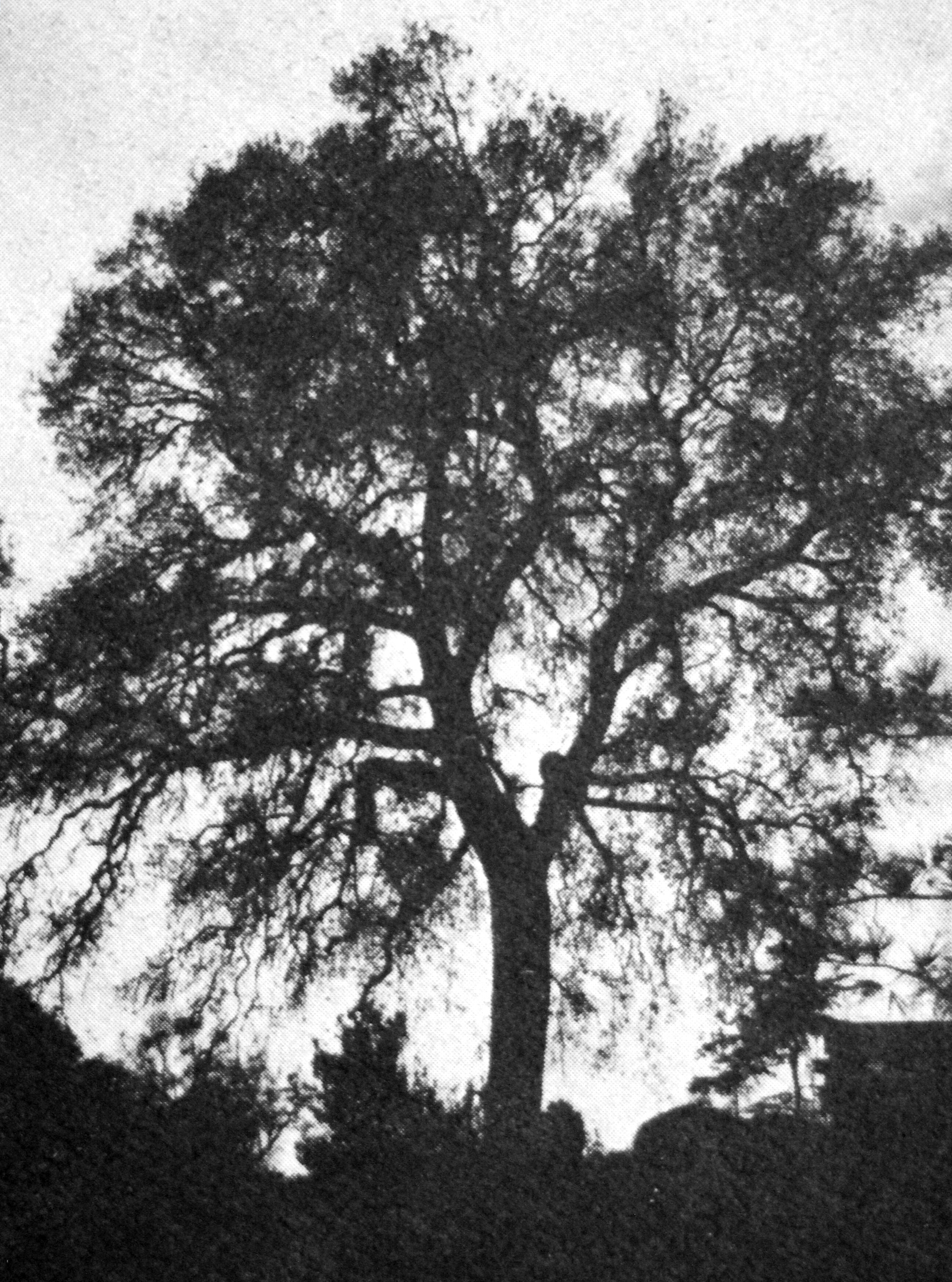
Mediterranean Gardens and California's Future
By Kerry Dawson
Several years ago, Ann Evans, then mayor of Davis, called the University Arboretum "the most beautiful place in Davis". This comment has been repeated several times as the title of feature articles in newspapers and magazines. More recently, Maynard Skinner, the current mayor, and Helen Thomson, Chair of the Yolo County Board of Supervisors, named the Arboretum as their favorite location in Davis. Interestingly, the notion of the Davis Arboretum as a truly beautiful place conflicts with the typical image of public gardens in the west. Most gardens are heavily irrigated, but the Arboretum is a dryland Mediterranean garden.
The July 11, 1988 issue of Time featured the greenhouse effect and presented a dismal portrait of the future. In forty years, the temperature in Davis is predicted to rise on average over five degrees Fahrenheit. To put this in perspective: during the last ice age, the temperatures were only five degrees lower on average than they are now and most of North America was covered with ice. The predicted greenhouse effect would happen very rapidly and the ecology of the planet does not respond quickly to major disruptions.

With higher temperatures from the greenhouse effect, disruptions for the Central Valley would be severe. The Sierra snow level would rise 2,000 feet and warm winter rains would bring more rain and less snow. Midwinter torrents would fill reservoirs by January and, with little storage capacity, later winter storms would send swollen rivers over dams and out to sea. The Central Valley would suffer from winter flooding but, with little run-off from snowmelt in spring and summer, less water would be available in summer and fall for irrigation. With the water system tapped earlier for supply needs and soils drying earlier because of higher summer temperatures, conflicts over water resources would be a mounting problem.
In the January 2, 1989 issue of Time, UC Davis Environmental Studies Professor Kenneth Watt was quoted as disagreeing with predictions of warming due to the greenhouse effect. Watt feels that the world is cooling, not warming. He has written that most temperature readings are made in urban heat islands, and if one looks at rural readings, the trend is towards cooling. Increased carbon dioxide emissions lead to increased cloud cover and decreased sun penetration leads to cooler temperatures. Watt does recognize that six billion tons of carbon dioxide from the burning fossil fuels enter the atmosphere each year--a two billion ton increase over 1900. He supports the "global releaf" effort to plant one million trees over the next five years to offset carbon dioxide buildup, and has advocated greater energy efficiency.
In relation to public parks and gardens. whether the earth warms or cools over the next century is probably not as important as whether or not the west will remain arid. Generally, the scientific community does not predict under any scenario that there will be significantly more water for California. Population growth in California is phenomenal and there is little hope that water supplies, as they now exist, can keep pace with increasing demands. We are now in the fourth year of drought, and whether or not this is a common cycle in the west, droughts will continue and the irrigation water we use in urban landscapes will always be the first line of conservation when water is scarce.

Educating students and the public about water-conserving garden design, plant selection, and horticultural practices is an important part of the Arboretum’s mission. Over fifty years ago, the Arboretum made a commitment to collecting and displaying plants adapted to the Mediterranean climate. Since then, our research and teaching programs have supported an astounding variety of disciplines and professions on the Davis campus. Plant scientists introduce new cultivars and expose students to the fundamentals of Mediterranean plant collections. Engineers study water quality and soil profiles in an urban stream setting. Temporary art projects of many materials enliven the xeriscapped portions of the Arboretum with little threat from impact sprinklers. Anthropologists collect ethnobotanical cuttings to study traditional uses of native plants. Horticulturists study older plant varieties as roadmaps to modern genetics. Landscape architects examine planning and design issues in an urban recreation setting. Natural scientists study ecological processes and the impact of urban environments. Through their work in the Arboretum, generations of students in all of these disciplines have been exposed to the value of dryland landscapes.
A recent Gallup poll showed that urban horticulture is the number one recreational activity of Americans. Many of the Arboretum's visitors are concerned about responsible water use in the garden and look to us for information and examples. The Davis Arboretum is one of the oldest Mediterranean gardens in the west, and has continued to demonstrate that dry can be beautiful.
